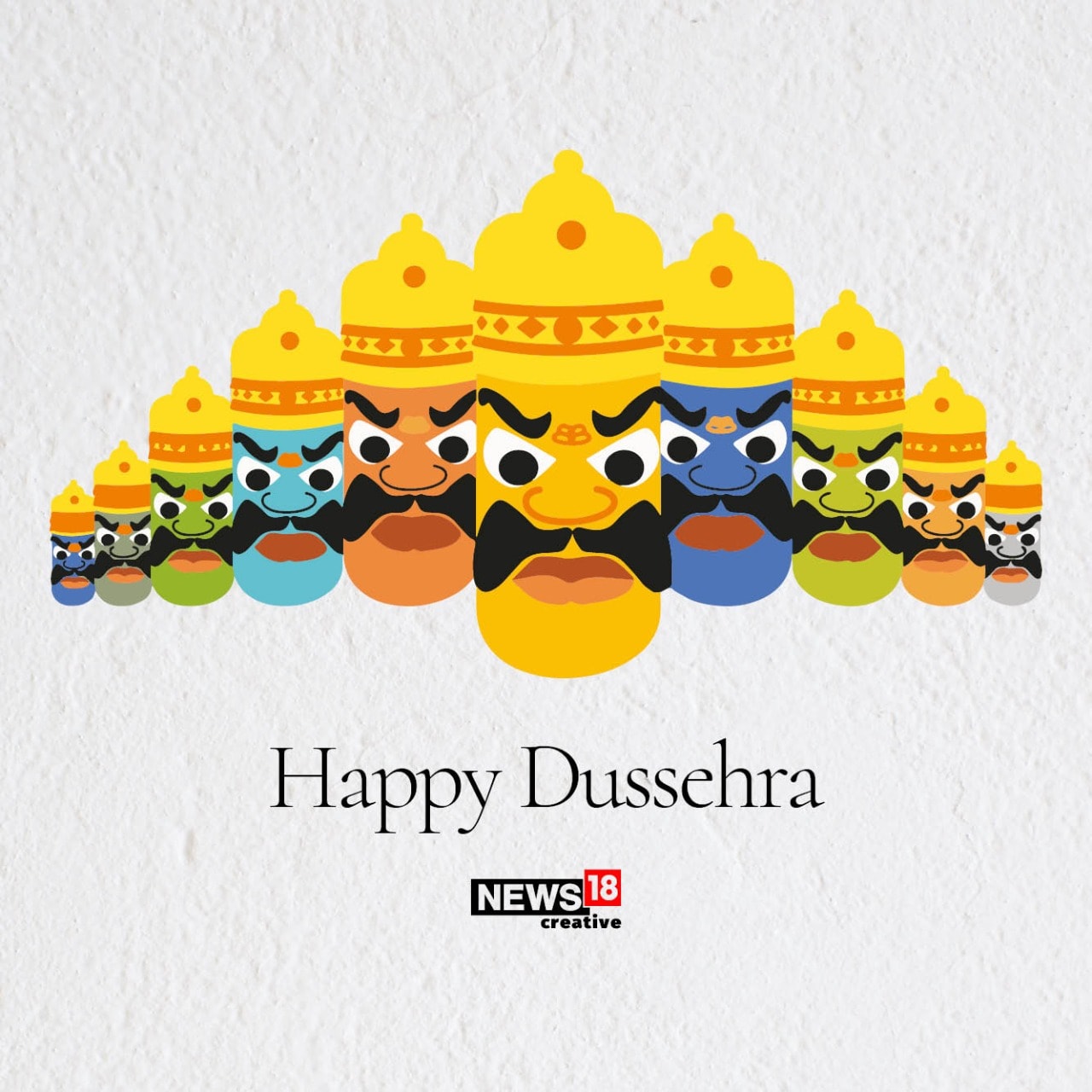Happy Dussehra: Ravana was born to the great sage Vishrava and the demon princess Kaikesi, the daughter of Sumali and Thataka. He was born in the Devgan gotra, as it is believed that his grandfather, the sage Pulastya, was one of the ten Prajapatis, meaning one of the sons born from the mind of Lord Brahma. Ravana’s grandfather was also one of the Saptarishis, one of the seven great sages.
Read also: Happy Dussehra 2022: Vijayadashmi Wishes, SMS, Quotes, Messages, Photos, Facebook & WhatsApp Status
Ravana, himself, was one of the most learned scholars of all time. In the scriptures and mythological epics, Ravana, who was the king of Lanka, is also called Dashanan (the ten-headed one).
As we gear up to celebrate Dussehra on Wednesday, October 5th, here’s a look at three different stories that explain why ‘dashanan’ was used for the Asura king. Let’s know about these stories:
Knower of ten scriptures (knowledgeable)
Legends state that Ravana was a prodigy and had extensive knowledge of all ten sacred Hindu texts and scriptures, which include Samkhya, Vaisheshika, Mimamsa, Yoga, Nyaya and Vedanta. He also studied the four Vedas, Rigveda, Samveda, Yajurveda and Atharvaveda.
It is also believed that Ravana knew these ten scripts – by memorization (literally) along with many other thesis and texts. Hence, he was named ‘Dashkanthi’, which had ten throats. And eventually he became famous as Dashanan.
tenth:
Jain scriptures have a different story behind his name. According to Jainism, in Vimalasuri’s version, Ravana is called Dashamukha or Dashanana because of a defeat. The necklace, which was made of nine pearls, was a gift from his mother. It is said that the necklace represents his head which gives the illusion of Dashamukh.

Ravana’s penance
There are some mythological epics which tell that the ten heads of Ravana tell the story of his intense penance. It is believed that in order to please Lord Brahma, while performing one of his penances, Ravana beheaded him 10 times as a sacrifice. The epics state that every time he cut off his head, a new head arose, which helped him to continue his penance.
Finally, Lord Brahma pleased with his penance granted him a boon. Ravana had asked for immortality, which Brahma refused and instead gave him the divine nectar of immortality, which was stored below his navel.
read all Latest Lifestyle News And today’s fresh news Here